Maranoa Regional Council last week resolved to begin the design phase for installation of solar PV systems on a total of 13 council assets including Roma Airport, the Surat administration building, and the Mitchell Library. It’s joining a movement by councils in south-west Queensland, to deliver ratepayers more cost-efficient services.
“We basically wanted to improve the bottom line,” Councillor David Schefe told pv magazine.
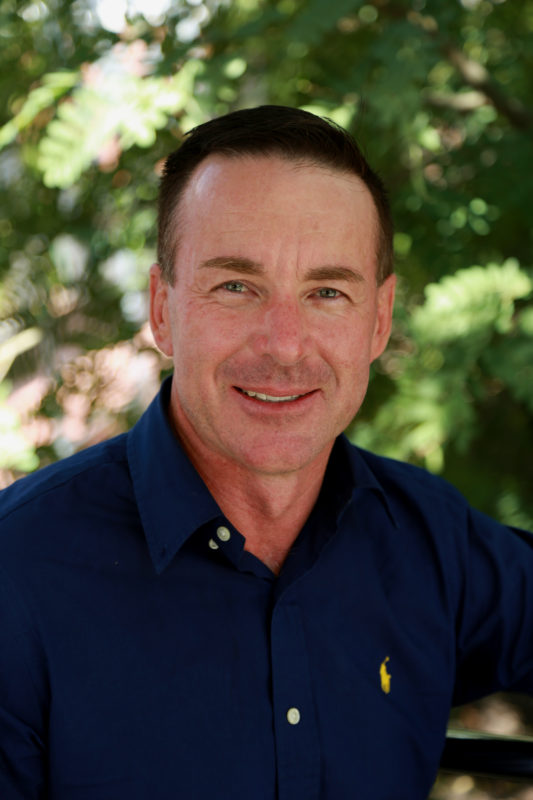
Image: Maranoa Regional Council
An energy audit of 19 of Maranoa Council’s assets initiated in March last year, recommended that the council install solar systems at 18 of its sites. A subsequent energy design assessment recommended Council proceed to detailed design stage for 13 of those assets.
“We’ve got around 710 kW of PV panels to go on and it’s estimated it will save us $208,000 per annum”, says Schefe.
He cites the solar PV experiences of neighbouring Western Downs Council, with some 515 kW installed across 12 council sites, and Goondiwindi Council, which has 300 kW installed on 13 sites, as inspirations for its decision to bring renewables into the Maranoa municipal energy mix.
The Roma Airport installation is the largest proposed system, at 250 kW and Council is investigating whether to build shade over the airport’s currently unshaded car park and install solar panels on the resulting rooftop expanse, or to build a freestanding solar plant.
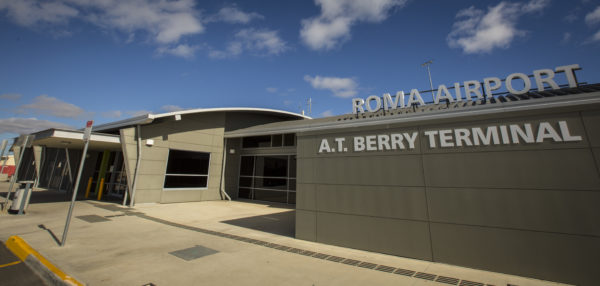
Image: Maranoa Regional Council
Across the three councils, pool facilities in towns like Goondiwindi, Roma, Texas and Inglewood have all been prime candidates for solar PV systems; as have water treatment plants and town administration offices.
According to the Australian Photovoltaic Institute (APVI), some 22.4% of dwellings in the Western Downs local government area (LGA) have solar installations; around 24% of dwellings in Goondiwindi use solar power, and 28% of Maranoa’s homes have solar on their rooftops.
Says Schefe, “A lot of private businesses and residents have gone down this path, and that’s influenced by the cost of electricity.”
Two years ago the Councillor installed a 14 kW solar system on his home roof, and says, “The larger system has greatly reduced my energy consumption from the grid.”
With roughly a quarter of the region’s homes supplied by solar, south-west Queensland is well-served by experienced solar installers, so competition for the new projects is likely to be strong. The detailed design process is expected to be completed in two to three months.
Schefe says the estimated $1,230,500 cost of installing solar on the 13 facilities will generate an excellent return on investment, “We anticipate around 17% to 19% return. That’s a good outcome for our ratepayers.”
This content is protected by copyright and may not be reused. If you want to cooperate with us and would like to reuse some of our content, please contact: editors@pv-magazine.com.
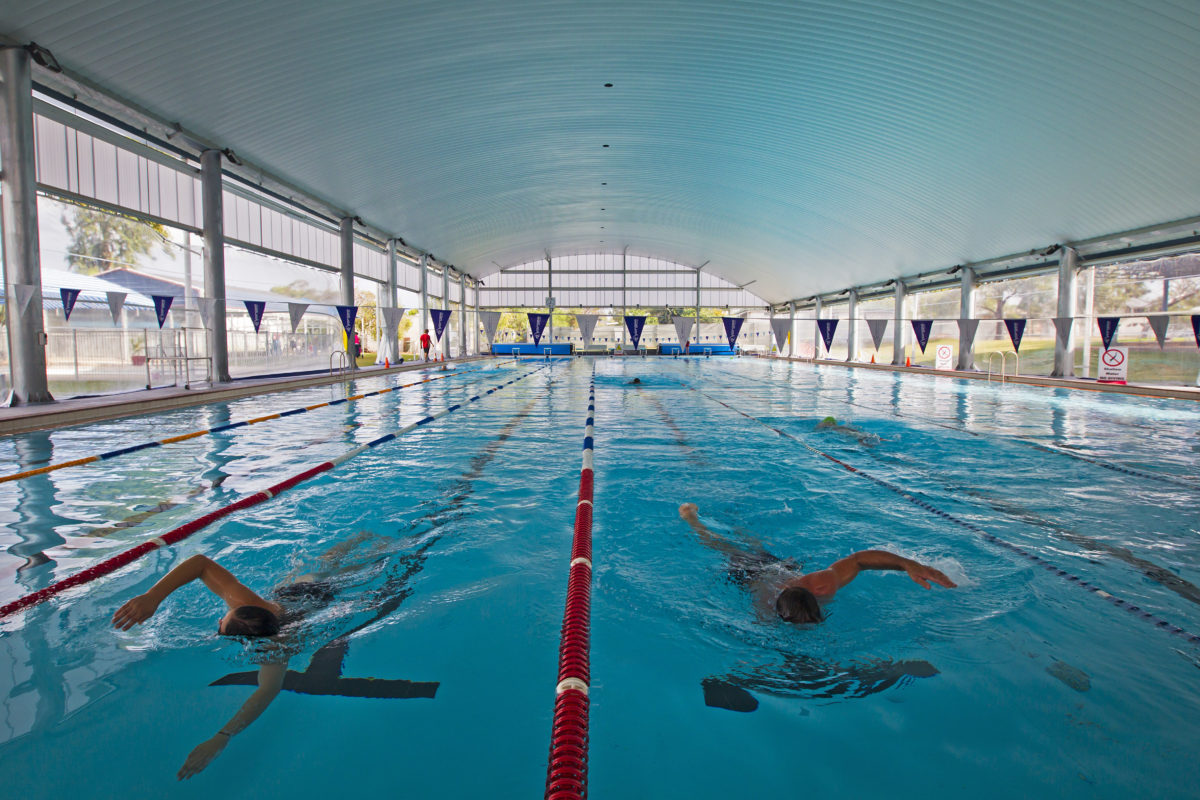
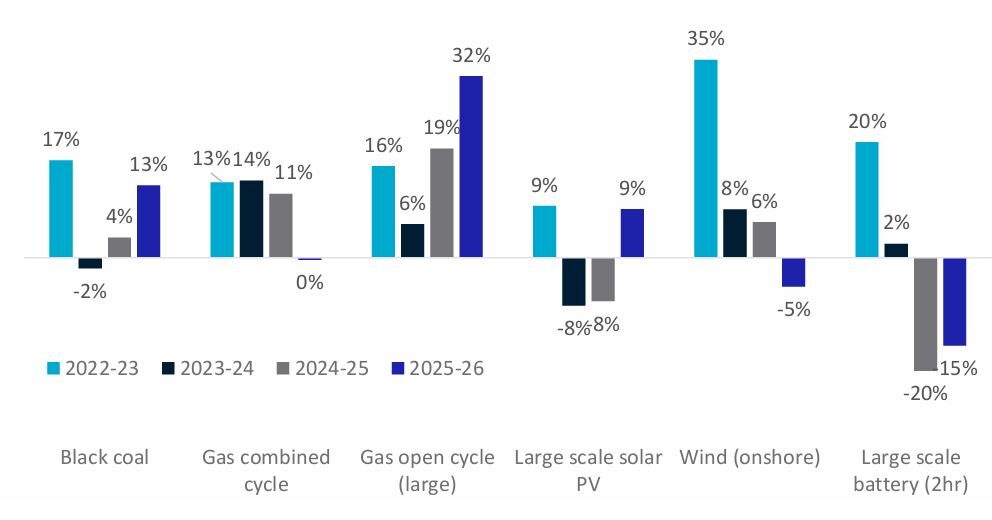
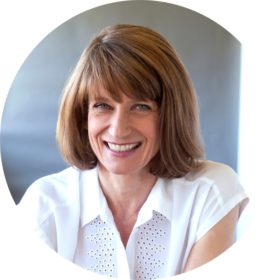



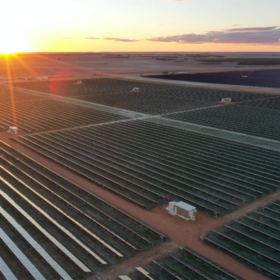


By submitting this form you agree to pv magazine using your data for the purposes of publishing your comment.
Your personal data will only be disclosed or otherwise transmitted to third parties for the purposes of spam filtering or if this is necessary for technical maintenance of the website. Any other transfer to third parties will not take place unless this is justified on the basis of applicable data protection regulations or if pv magazine is legally obliged to do so.
You may revoke this consent at any time with effect for the future, in which case your personal data will be deleted immediately. Otherwise, your data will be deleted if pv magazine has processed your request or the purpose of data storage is fulfilled.
Further information on data privacy can be found in our Data Protection Policy.